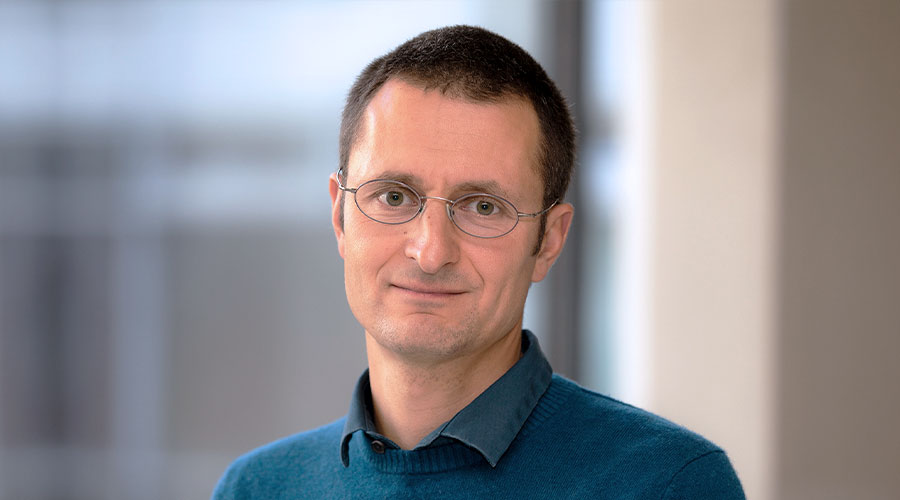RESIST research team comes a step closer to protection against herpes viruses
When herpes viruses enter the human host cell, the viral membrane fuses with the cellular membrane. Specific viral proteins are required for this process: As these proteins fold in a defined way, they manage to fuse the two membranes. The shape of the proteins before the fusion is the one which is found on the surface of virus. It is an attractive target for the development of drugs and vaccines. But this form is highly unstable.
A team led by RESIST researcher Professor Kay Grünewald has now succeeded in structural and functional stabilisation of this unstable form of the membrane fusion protein B of herpes simplex virus 1. This was done by directed mutations and served its structural determination. The results were published in the “Science Advances”, first author is Dr. Benjamin Vollmer. It is a study of the Heinrich-Pette-Institute, Leibniz Institute for Experimental Virology (HPI), the Centre for Structural Systems Biology (CSSB), Oxford University, Birkbeck University of London, Friedrich-Loeffler-Institute and the Pasteur-Institute.
The team was able to identify the major structural changes required for the membrane fusion reaction. Moreover, it was found that the conformational changes are similar to those of the so-called vesicular stomatitis virus glycoprotein G. “Antibodies or antiviral drugs affecting this conformational change could provide clinically relevant protection. Our results thus represent a first step towards the development of new drugs against human-pathogenic herpes viruses,” first author Dr. Vollmer summarises the results. Contact us: Kay.Gruenewald@cssb-hamburg.de.
The article is based on a press release of the Heinrich Pette Institute, Leibniz Institute for Experimental Virology (HPI)
The original publication “The prefusion structure of herpes simplex virus glycoprotein B.” can be found in “Science Advances“. https://advances.sciencemag.org/content/6/39/eabc1726

